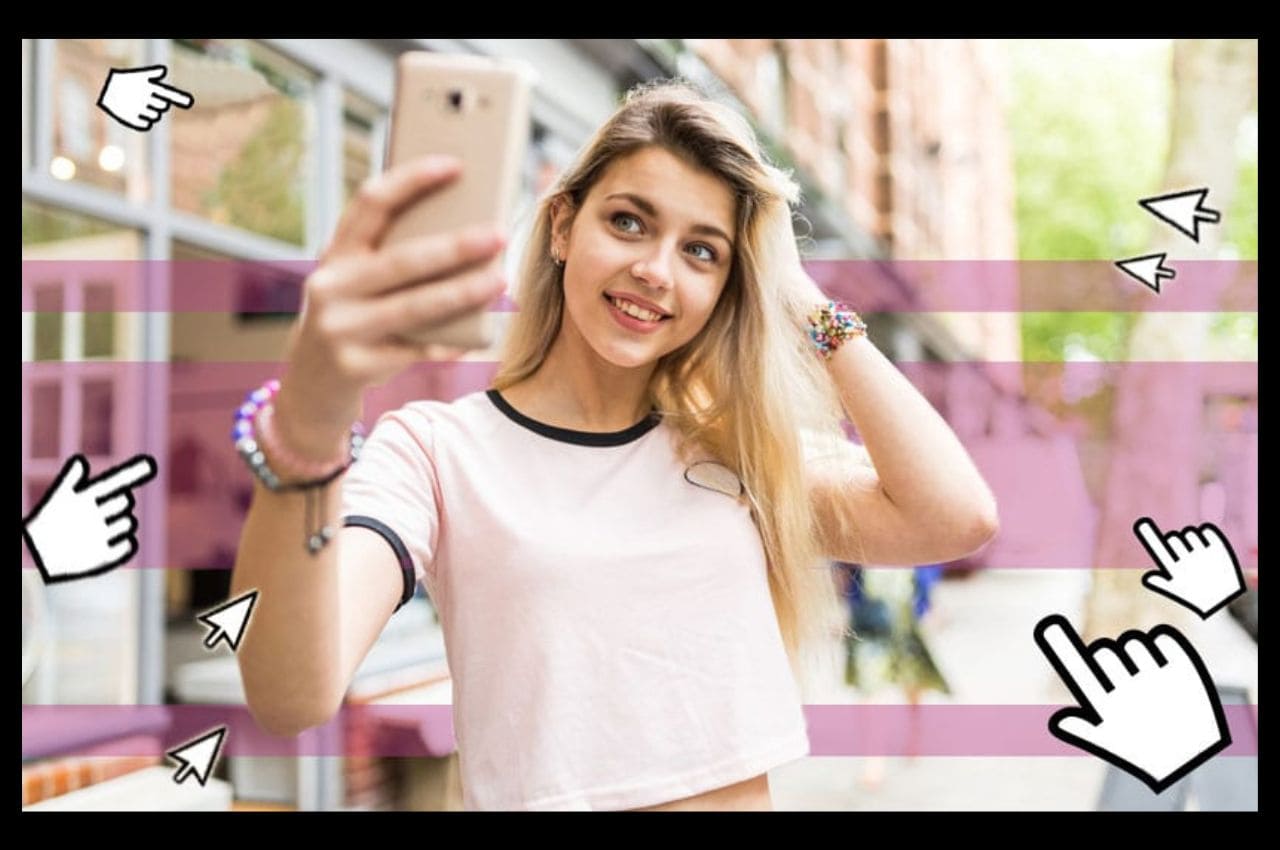Contents
Introduction
In recent years, social media influencers have transformed the landscape of digital marketing and celebrity culture. These individuals, often ordinary people who have amassed significant followings on platforms like Instagram, YouTube, and TikTok, wield considerable influence over their audiences. However, with great power comes great responsibility—or, as seen increasingly often, great irresponsibility.
The term “influencers gone wild” has emerged to describe the reckless, controversial, and sometimes illegal behaviours exhibited by some influencers. This article delves into the rise of social media influencers, the factors contributing to their wild behaviour, and the implications of such conduct on their careers and broader society.
The Rise of Social Media Influencers
The Birth of a New Kind of Celebrity
The rise of social media platforms in the early 2000s gave birth to a new kind of celebrity—social media influencers. Unlike traditional celebrities, who gained fame through television, movies, or sports, influencers built their reputations and followings through content creation on social media. Their appeal often lies in their perceived authenticity and relatability, making them influential figures in digital marketing.
Monetization and Sponsorship
The monetization of social media has played a crucial role in the rise of influencers. Platforms like YouTube introduced ad revenue sharing, while Instagram and TikTok facilitated brand partnerships and sponsored content. Influencers with large followings can earn substantial incomes through these channels, turning content creation into a lucrative career.
The Cult of Personality
Influencers often cultivate a cult of personality, where their brand and lifestyle become central to their appeal. Followers feel connected to influencers, viewing them as friends or role models. This connection amplifies the influencer’s ability to shape opinions and behaviours.
Factors Contributing to Wild Behavior
Pressure to Maintain Relevance
The fast-paced nature of social media requires influencers to produce engaging content to maintain their relevance and constant following. This pressure can lead to increasingly outrageous behaviour as influencers strive to stand out in a crowded digital space.
Example: Logan Paul’s Controversial Video
In 2017, YouTuber Logan Paul faced severe backlash after posting a video showing a dead body in Japan’s Aokigahara Forest, a site known for suicides. The video was widely condemned as insensitive and exploitative, temporarily suspending his YouTube ad revenue.
The Allure of Virality
The desire for viral content can drive influencers to take risks they might need to consider. Viral content often involves shocking or controversial elements that can lead to rapid follower growth and media attention.
Example: Dangerous Challenges
Several influencers have participated in dangerous challenges to garner views and followers. For instance, the “Tide Pod Challenge” saw individuals biting into laundry detergent pods, a stunt that posed severe health risks and led to public warnings from health authorities.
Lack of Oversight and Accountability
Unlike traditional celebrities, who are often managed by agents and bound by industry regulations, social media influencers operate with little oversight. This lack of accountability can lead to behaviours that might otherwise be curbed by professional management.
Example: Fyre Festival Scandal
The promotion of the ill-fated Fyre Festival by influencers like Kendall Jenner and Bella Hadid highlighted the lack of accountability in influencer marketing. These influencers were paid to promote the festival, which turned out to be a disastrous fraud, leaving attendees stranded and defrauded.
Implications of Influencer Misconduct
Impact on Influencer Careers
While some influencers bounce back from controversy, others face lasting damage to their careers. Brands may distance themselves from influencers involved in scandals, leading to the loss of sponsorships and income.
Example: James Charles’ Scandals
Beauty influencer James Charles has faced controversies, including allegations of inappropriate behaviour. These scandals have led to significant fluctuations in his subscriber count and strained relationships with brands and fellow influencers.
Influence on Followers
Influencers’ wild behaviour can significantly impact their followers, mainly young and impressionable audiences. Reckless actions can set dangerous precedents and encourage followers to mimic risky behaviours.
Example: Influence on Youth Behavior
Studies have shown that young people are highly susceptible to the influence of social media personalities. Influencers engaging in risky or harmful behaviour can lead to a rise in similar actions among their followers, highlighting the need for responsible content creation.
Ethical and Legal Consequences
Influencers engaging in illegal or unethical activities can face legal repercussions and public condemnation. As misconduct incidents rise, the influencer industry’s lack of regulation is increasingly being scrutinized.
Example: Illegal Wildlife Interactions
Some influencers have faced legal action for interacting with protected wildlife for the sake of content. Such actions harm the animals and violate conservation laws, leading to fines and legal battles.
The Role of Platforms and Brands
Platform Policies and Enforcement
Social media platforms have a significant role to play in regulating influencer behaviour. Implementing and enforcing community guidelines can help curb harmful or reckless actions.
Example: YouTube’s Policy Changes
Following Logan Paul’s controversial video, YouTube implemented stricter policies regarding content that violates community guidelines. These changes aim to prevent similar incidents and ensure a safer user environment.
Brand Responsibility
Brands that collaborate with influencers also bear responsibility for the content they promote. Vetting influencers and ensuring they align with brand values can prevent associations with controversial figures.
Example: Responsible Partnerships
Brands like Nike and Coca-Cola have established stringent criteria for influencer partnerships, focusing on authenticity and alignment with brand values. Such practices help maintain brand integrity and avoid potential backlash.
Moving Towards Ethical Influencing
Promoting Responsible Content
Encouraging influencers to create responsible and ethical content is essential for the industry’s long-term sustainability. Educational initiatives and industry standards can play a pivotal role in this shift.
Example: Influencer Education Programs
Organizations like the Influencer Marketing Association (IMA) offer educational programs that teach influencers about ethical content creation, legal considerations, and the importance of authenticity.
Building a Culture of Accountability
Fostering a culture of accountability within the influencer community can help mitigate reckless behaviour. Peer influence and public expectations can drive positive change.
Example: Influencer Collaborations
Collaborations between influencers can serve as a platform for promoting positive behaviour and addressing issues within the community. Joint initiatives focused on social causes or responsible content creation can set a standard for others to follow.
Conclusion
The phenomenon of “influencers gone wild” highlights the complexities and challenges of the influencer industry. While the allure of fame and fortune can drive some to reckless behaviour, the consequences for influencers, their followers, and society are significant.
As the industry evolves, platforms, brands, and influencers must promote responsible and ethical content creation. By doing so, they can harness the power of social media for a positive impact, fostering an engaging and respectful digital landscape.
Ethan Cole is a versatile writer at hsnime.co.uk, offering fresh perspectives and engaging content across various topics. With a passion for creativity and knowledge, Ethan aims to provide insightful articles that resonate with a diverse audience.






